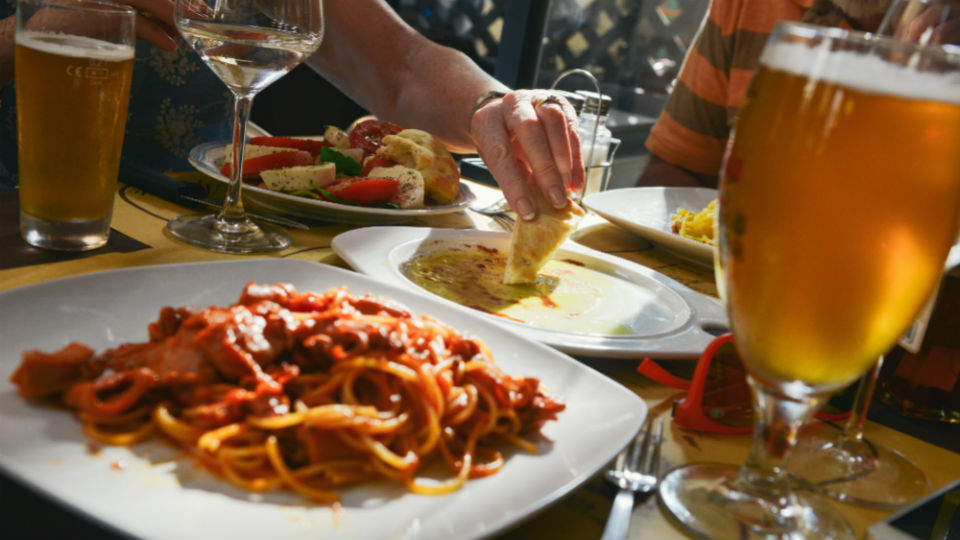If you have a food allergy, cooking at home may be your safest option. But even when you try to choose foods that appear to be allergen-free, you can be the victim of cross-contamination.
Food allergens are proteins on particular foods that cause an allergic reaction in someone who is sensitive to that food. Cross-contamination occurs when some of that food allergen is transferred onto something else, such as a different food or something else you touch or use to prepare your food. Depending on how bad your allergic reaction is, even a small amount of cross-contamination can be enough to cause a severe allergic reaction including anaphylaxis which can cause swelling in your airway and make you stop breathing.
Shared production lines
If you have a food allergy, you are probably used to reading food labels to make sure your allergen is not present. But the United States Food and Drug Administration does not require packaging to include information about possible sources of cross-contamination. For example, peanut butter cookies will be clearly labeled as containing peanuts. But oatmeal cookies from the same company will probably not mention that the cookies may have been made in the same facility as the peanut cookies and that the same packaging lines and equipment could have touched both kinds of cookies. Some common foods that are more likely to have cross-contamination include baked goods, cereals, processed foods, and candy.
Vague labels
Some companies use generic statements like “good manufacturing practices”. This is not a FDA regulated statement and could mean just about anything. Your best option is to take down the name and UPC code of the food in question and contact customer service at the company that makes the product to get more details.
Restaurant risks
Eating out opens the door to many sources of cross-contamination, from shared cooking surfaces, pans, and utensils, to cleaning cloths, oil for frying, and even tiny amounts of allergens left behind when the table is wiped down. Whenever you eat at a restaurant, make sure your server and the manager know that you have a food allergy (not just a food preference!) and that you need special care taken with your meal. Even if your food is prepared perfectly, cross-contamination can occur on the tray if your plate touches another plate that contains an allergen while it is on the way from the kitchen to your table. Another prime source of cross-contamination is the salad bar, where ingredients can easily jump from one container to another.
Some companies voluntarily mention when cross-contamination is likely. Watch for warnings on labels and in restaurant windows including the drive-thru windows at some fast food restaurants. In the end, it is up to you to research each product to be sure it is safe for your allergy.
Sources:
Kids With Food Allergies
The Food Allergy & Anaphylaxis Network






Add a CommentComments
There are no comments yet. Be the first one and get the conversation started!